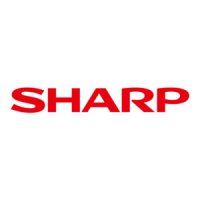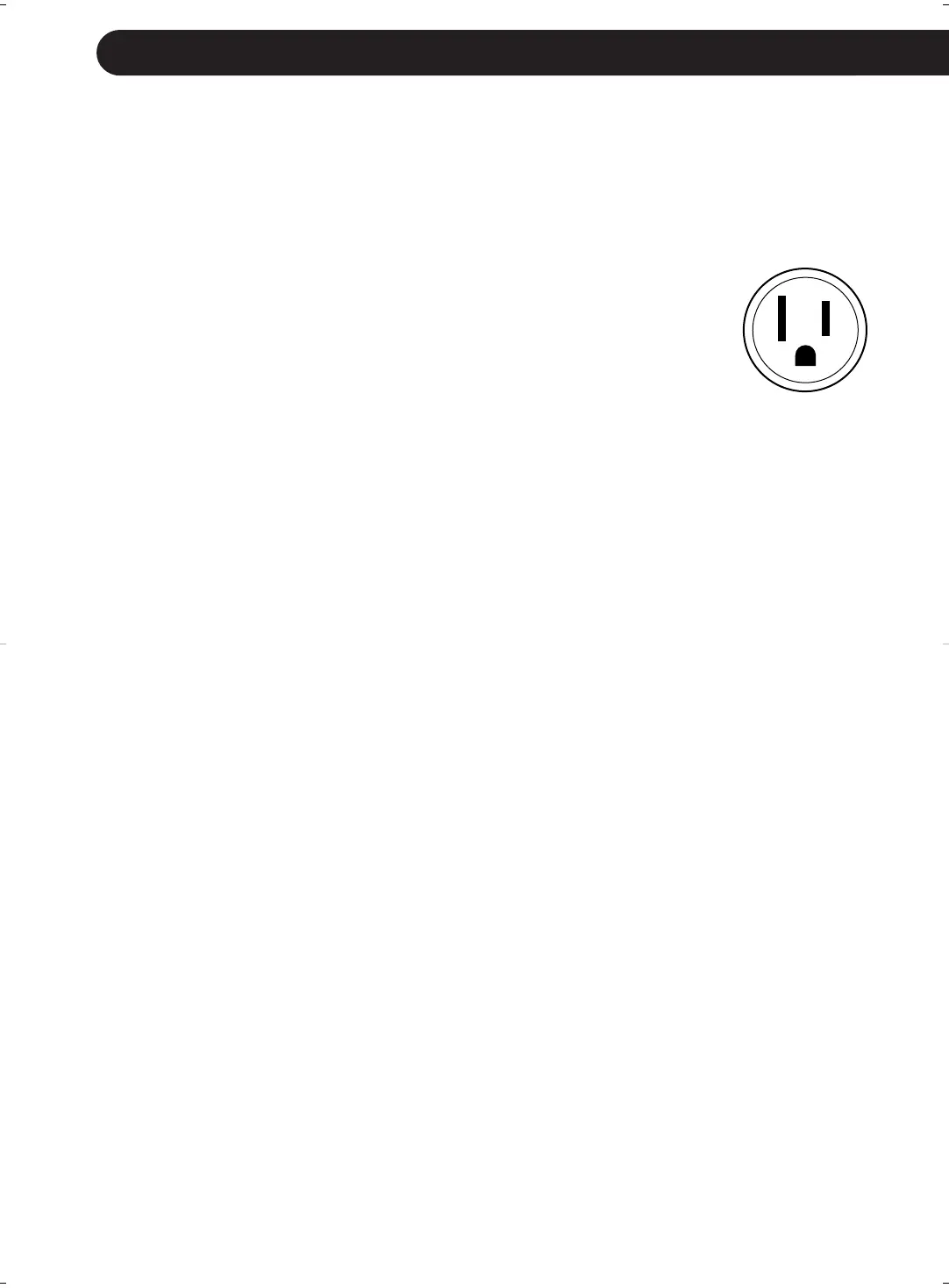

Do you have a question about the Sharp CV-P10LC and is the answer not in the manual?
| Type | Portable Air Conditioner |
|---|---|
| Cooling Capacity | 10, 000 BTU |
| Cooling Capacity (kW) | 2.93 kW |
| Refrigerant | R410A |
| Remote Control | Yes |
| Power Supply | 220-240V, 50Hz |
| Fan Speed | 3 |
| Timer | 24-hour timer |
| Heating Capacity | No heating function |
| Noise Level | 52 dB(A) |
Warnings and precautions for using the air conditioner's power supply cord.
Measures to correct interference with radio or television reception.
Information and warnings regarding the proper grounding of the appliance.
Important cautions for operating the air conditioner safely and correctly.
Notes on compressor restart delay, freezing, and operating conditions.
Tips for efficient operation and reducing energy consumption.
List of all parts included with the portable air conditioner.
Recommended tools for window panel installation.
Identification of parts visible on the front of the unit.
Identification of parts visible on the rear of the unit.
Explanation of symbols and indicators on the remote control display.
Steps 1-4 for installing the window panel in double-hung sash windows.
Steps 5-8 and width adjustments for double-hung sash window panel installation.
Steps 1-4 for installing the window panel in sliding sash windows.
Steps 5-8 and width adjustments for sliding sash window panel installation.
Steps for attaching the exhaust hose adapter and connecting the hose to the unit and window.
Steps for removing the window exhaust adapter and exhaust hose adapter from the unit.
Procedure to test the power plug's circuit breaker for proper function before use.
Instructions for inserting AAA batteries into the remote control and resetting it.
How to point and operate the remote control, and placement cautions.
Steps to select cool mode, power on, set temperature, and adjust fan speed.
Procedure for dehumidifying with a water container, including hose connection.
Procedure for dehumidifying without a container, and its effect on room temperature.
How to use the fan mode to circulate air without cooling.
How to use the ventilation mode to exchange air with the outdoors.
Using the remote control to adjust horizontal louvers for up/down airflow direction.
Manually adjusting vertical louvers for left/right airflow direction.
How to turn on the Plasmacluster ion generator using the remote control.
Operating the unit in Mega Cool mode for extra high-speed cooling.
Setting the timer to automatically turn off the unit after one hour.
Configuring the timer for automatic shut-off from 0.5 to 12 hours.
Configuring the timer for automatic start-up from 0.5 to 12 hours.
Operating the unit directly using the power button when the remote is unavailable.
Steps to drain water from the unit when the water tank is full.
Instructions for removing, cleaning, and reinstalling the air filters.
How to clean the air conditioner unit and its remote control.
Procedure for cleaning the insect guard net attached to the window panel.
Steps for draining and drying the unit after the air conditioning season.
Checks for common issues when the air conditioner does not operate at all.
Troubleshooting steps for when the air conditioner does not cool properly.
Explanation of normal and abnormal sounds produced by the unit.
Troubleshooting common problems with the timer settings.
Steps to resolve problems with the unit not responding to the remote control.
Information about odors from discharged air, possibly due to Plasmacluster ions.